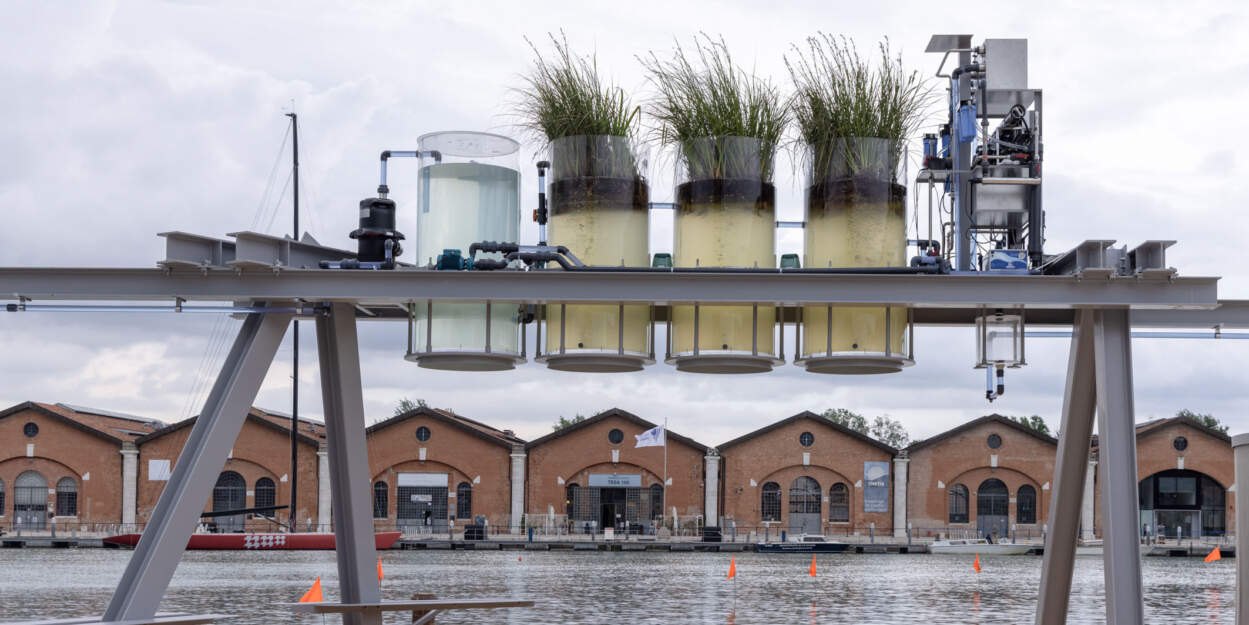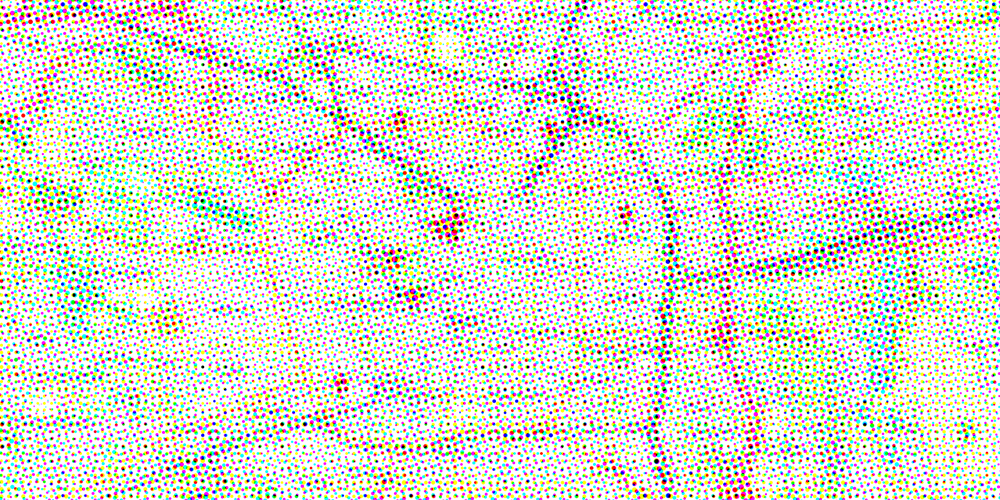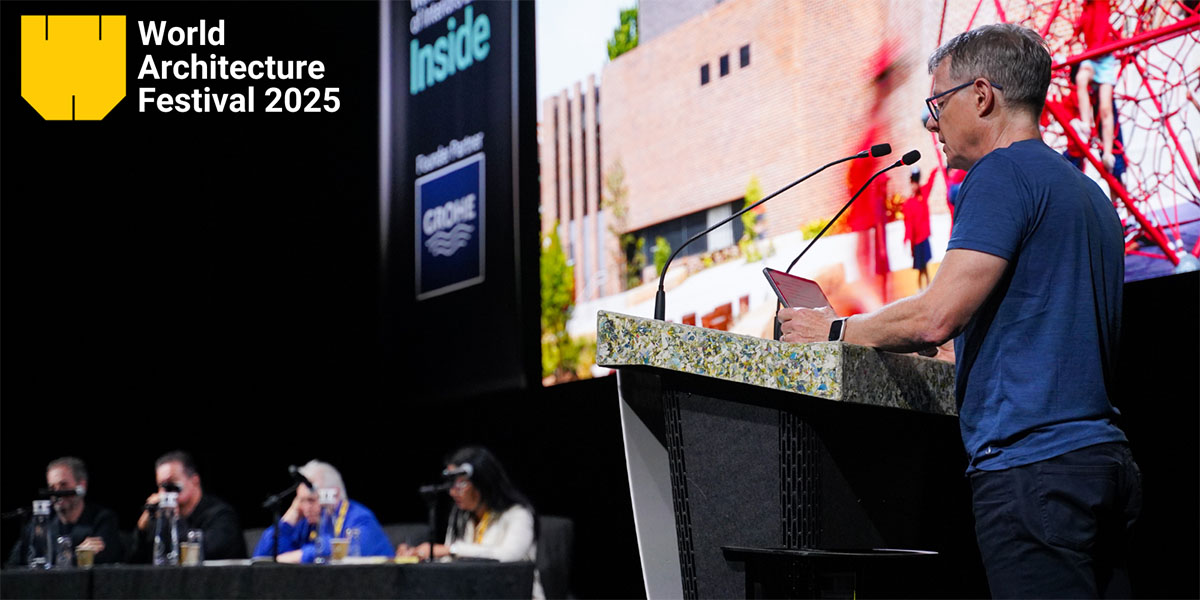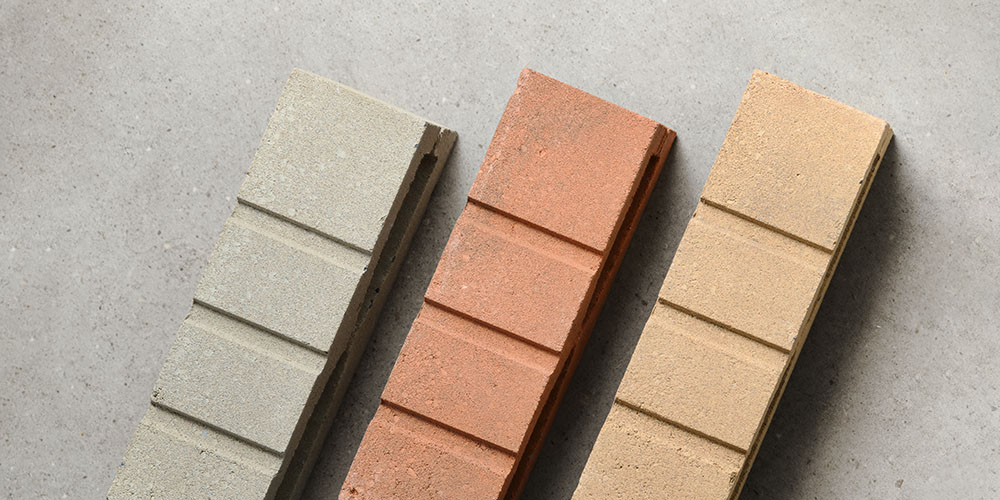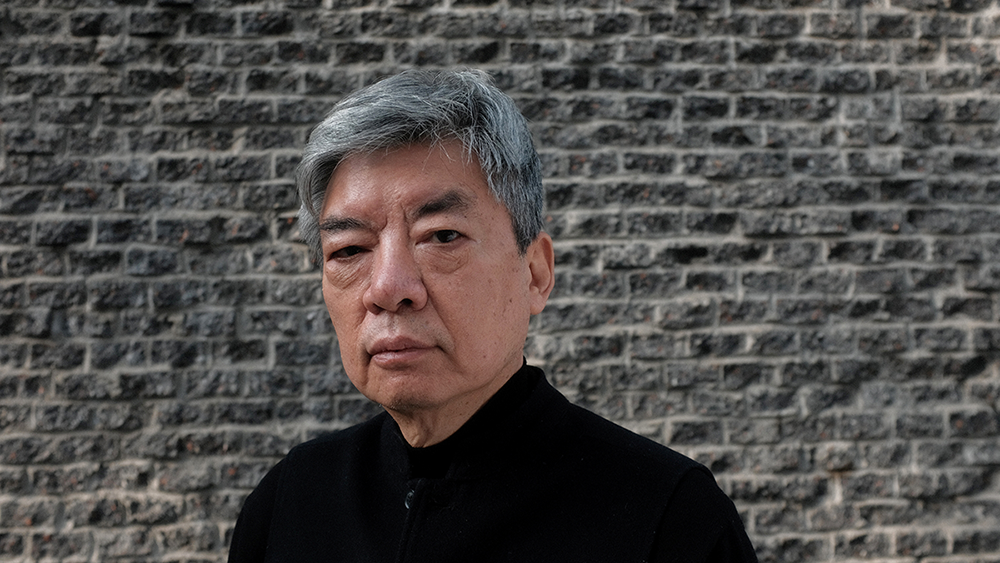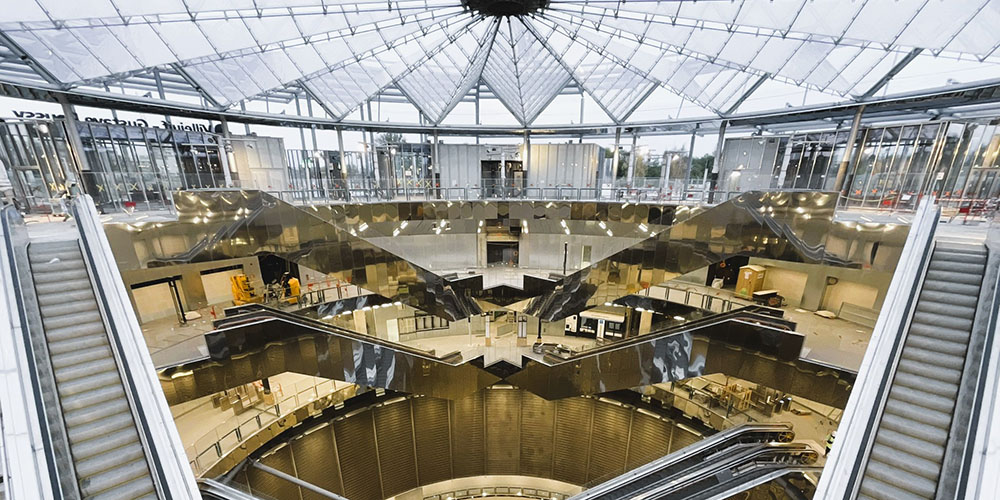Artificial Intelligence in Architecture has been making significant strides in recent years. AI systems have become an integral part of the process of designing and constructing complex structures. Its involvement signifies a shift in architectural processes, which provides outstanding capabilities that enable architects to optimize designs and develop new levels of precision.
The integration of Artificial Intelligence in architecture is enabling architects to streamline design processes; from the generation of design options and material selection, to energy optimization and project management. In addition, AI technology can be used to improve sustainability, safety, and resilience of the built environment. The prompt decision-making of AI provides a significant level of foresight and insight that makes it possible for architects to make informed design choices.
We asked some pioneering architects more about Artificial Intelligence in Architecture, their design process, the relationship between Artificial Intelligence and creativity, and where do they see A.I. technology going?
“Conception of idea, exploration through A.I. text prompting, evolving design, curating the chosen results, localized fine tuning through A.I., and post-processing through photoshop” says Tim Fu, architectural designer from London specialized in algorithmic design and A.I. research at the computational research group ZHACODE.
Some people affirm that text-to-image AI is the foundation for the future of creativity some other says that it is just a way to code the past. What is creativity for you?
“A.I. like any other technology, has the potential to ‘inform’ our creativity. We don’t stop being creative, we just learn to adapt our creativity in a new paradigm. When cameras were invented, painters lamented the lack of creativity of such a tool. Now we have photography as a separate domain of art. Creativity for me is learning to pose the right questions at the right time, and artists will always stand out among the crowd of tool users, because artistry is internal, and tools are tools. When the AI spring of 2022 happened, so many people wanted to showcase their art through AI, but only the very best few managed to stand out from the rest. (i suppose Im among them, humbly). Because in a scenario where everyone can do one thing, it takes an artist to do something different” says Tim Fu.
Visualizza questo post su Instagram
“My understanding of creativity is profoundly personal and arises from the unique blend of one’s personality, experiences, and accumulated knowledge over the years. Some “informed intuition” allows us to create something new and innovative through experimentation and exploration. This inner intuition fuels us to experiment and explore new boundaries. And now, by combining the power of AI with our human creativity, we unlock unparalleled opportunities for co-creating designs that push the boundaries of what’s possible. This fusion of human intuition and AI technology radically reshapes the landscape of art and design.” says architect Carlos Bañón, architect, Associate Professor of Architecture and Sustainable Design at SUTD. Director and Co-Founder of AirLab @SUTD.
About creativity David Alf , Senior Architectural Designer and Project Manager at Olson Kundig says “Creativity is the ability to generate novel and innovative ideas, concepts, or solutions that are original, valuable, and useful. Multiple cognitive processes such as divergent thinking, analogical reasoning, mental flexibility, curiosity and insight, are all woven into the creative process. Creativity is multimodal and can be emotional, social, scientific, technological, artistic, and more”.
“At Olson Kundig we are starting to adopt it into our practice in a few different ways already. Our goals have not yet been fully formed but the wheels are turning and some of my colleagues have big ideas of how this could be deployed. One overarching goal we have is to train a dataset specifically for an SD model with the thousands of hi-res images in our office’s catalog to create an ‘oeuvre’ which we can use in our design studies. In a different type of application, one of the owners recently inquired how we could explore ways of bringing AI filmmaking into our process for a unique client request.”
Where do you see A.I. technology going? “The horizon is far away in this field/ The precursors to today’s tools came out in 2016 so this field is incredibly new. I imagine we will not recognize the landscape in a few years’ time with more developments and releases happening more rapidly. These tools will let us analyze building codes, assist with pre-fabrication, and also guide our design process” says David Alf.
“We are currently experiencing what we will undoubtedly look back on as the dawn of a major revolution in our world, particularly in the realm of design. AI is transformative, impacting our discipline both horizontally and vertically on all levels. We have only been using these new platforms for a short time, and the development speed is unprecedented. I find myself eager to devote hours each day to learning how to communicate with AI, to understand and internalize this new language and seamlessly integrate it into my creative process. Professionals who fail to embrace AI will soon find themselves left behind. Routine tasks will increasingly be handled by AI-driven tools like ChatGPT, necessitating that we humans elevate our skills and creativity to make a genuine impact. AI is pushing humanity to reach higher, to strive for a better place. Integration with other emerging technologies, such as augmented reality and the Internet of Things, will create more responsive, intelligent, and adaptable built environments. However, AI’s future development and application in architecture must address potential ethical and social challenges, including privacy concerns, job displacement, and equitable access to AI-driven design resources. I am extremely optimistic about the role of AI designers in our society and their potential to inspire and guide our cities toward a brighter future.” says Carlos Bañón.
Visualizza questo post su Instagram
“I can only speculate, but this technology seems it will become very disruptive and the industry of design will need to adapt around it. A.I. has been revolutionizing many industries throughout the years and now it’s really starting to enter the domain of design.” says Tim Fu.
The partnership between AI and creativity is a promising one, with the potential to revolutionize the creative field as we know it. While the idea that machines can replicate human creativity may seem daunting to some, it’s important to note that AI will never replace human creativity entirely. Instead, the combination of AI and creativity opens up new possibilities, improving the creative process and allowing us to unlock our full creative potential. As Artificial Intelligence in architecture continues to evolve, so too will our understanding and exploration of what it means to be creative.
“AI technology – continues Carlos – is catapulting my practice into a bold, new dimension. As a computational architect steeped in algorithms and digital manufacturing, I have discovered that AI uncovers extraordinary possibilities for devising innovative architectural concepts. It empowers me to examine tectonics, lightness, site, context integration, atmospheric crafting, and geometric articulation more deeply than ever before. My design interests have intensified, as if the canvas has expanded exponentially, revealing a fresh, unexplored territory for me to investigate. We are only just beginning to tap into the potential of this ongoing revolution. The velocity of change is remarkable. I am privileged to connect with other avant-garde designers, such as Tim Fu, Hassan Ragab, Will Garner, and Joshua Vermillion, who harness AI’s capabilities in architecture. We regularly post our groundbreaking designs on Instagram, which has evolved into our go-to platform for nurturing a community and sharing our creative visions. This exposure has led to requests for real-life architectural designs for clients, products, and even movie sets. As a result, AI technology is redefining my practice and revolutionizing how I approach design.”
However, creativity is an integral part of human nature, an expression of our inner selves that changes and adapts over time. It synthesizes our experiences, emotions, and unique perspective, allowing us to develop original ideas and challenge conventional norms. Creativity is crucial to our human identity, allowing us to communicate, collaborate, and contribute to the collective artistic and design narrative.
One of the most significant benefits of the pairing of AI and creativity is that it opens up a whole new world of possibilities for human creators.
By allowing machines to handle some of the more mundane aspects of the creative process, such as the generation of alternatives, high-volume iterations, and pattern recognition, humans are free to focus on the more complex aspects of creativity, such as originality, emotional connection, and subjective evaluation.
It is not just a matter of creativity. AI technology has come a long way in the operation of building systems, such as climate control, lighting management, and many others.
For instance, the use of smart lighting systems can adjust lighting based on occupancy, and regulate temperature in a room through use of sensors. Such systems enable the conservation of energy, which contributes to creating sustainable buildings.
Visualizza questo post su Instagram
Artificial intelligence systems can also monitor project performance to enhance efficiencies and reduce inefficiencies. With the capability to analyze data feeds from sensors, AI can offer valuable insights that significantly influence design and construction decisions. Its ability to forecast complex scenarios, provide real-time feedback on material selection, and optimize construction methods, makes it an essential tool that brings new value to the table in architecture.
Visualizza questo post su Instagram
Moreover, the role of Artificial Intelligence in architecture is significant in the creation of optimized building designs that maintain structural integrity, functionality, and improve the health and safety of occupants. In this context, AI systems can increase the accuracy of material selection and reduce the risk of structural failure or accidents.
By conducting simulations and testing integral design elements of a building, various decision-making strategies can be employed to avoid such issues.
Cover image: David Alf

